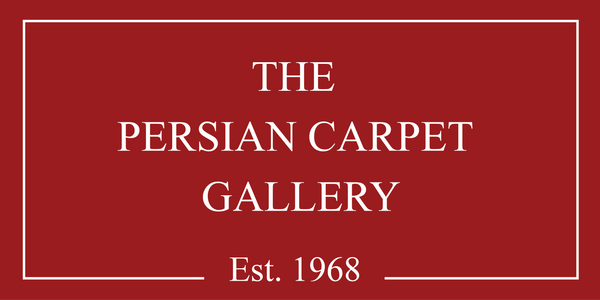Unsure about purchasing a rug online? Try it at home for FREE!
We understand that choosing the perfect carpet from just the images can be challenging. If you're unsure about your choice, simply send the SKU or the link of the carpet to info@pcgaustralia.com or call 1800 2000 28 and we'll make things easier for you with a free home trial Australia-Wide.
Persian Ardabil
Stock No: SY1-154-000264
Size(m): 2.97×0.80
Location: SY1
Phone: 1 800 200 028
Ardabil rugs originate from Ardabil located in the province of Ardabil Province in north-western Iran, 639 kilometres from Tehran. Ardabil has a long and illustrious history of Persian carpet weaving.
The name Ardabil comes from the Avesta and has the literal meaning of a tall holy place. The weavers in Ardabil ply their craft using Azerbaijani knots. Two of the most famous carpets in existence today are a pair of Persian carpets from Ardabil. One of the carpets, measuring 34′ x 17′, is on display in the Victoria and Albert Museum in London, England.
Ardabil rugs feature motifs that are very similar to Caucasian rugs, but with more motifs and objects woven into the borders. The colours are also lighter. The patterns are predominantly geometric and the most common layouts on Ardabil rugs are medallions, multiple connected diamond-shaped medallions, and all-over octagonal shapes. The most recognized design found on Ardabil rugs is the famous Mahi (Herati) design – a diamond medallion and small fish throughout. Some modern weavers have begun to favour bold geometric patterns over the traditional Mahi (Herati) design, and have added colours such as turquoise and purple to the more traditional red, pink, ivory, green, and blue.
The warp on Ardabil rugs is mostly cotton, while the weft is either cotton or wool, although silk is also used as weft on fine Ardabil rugs. The weavers may also incorporate silk into the woollen pile in order to accentuate highlights in the pattern
The carpets have a typical Tabriz design, with one central medallion and smaller, ornate designs surrounding. Such medallions and shapes were central to the design and reality of Persian gardens, a common symbol of paradise
The Ardabil carpet in the Victoria and Albert museum in London has an inscription, being a couplet from Persian poet Hafiz Shirazi which reads
I have no refuge in the world other than thy threshold.
There is no protection for my head other than this door.
The design of the central medallion resembles that of the interior side of the dome of the Sheikh Lotfollah Mosque in Isfahan, with two differently sized lamp motifs surrounding the design.
Ardabil rugs represent the very best of carpet design and are highly sort after by collector and proud homeowner alike.




